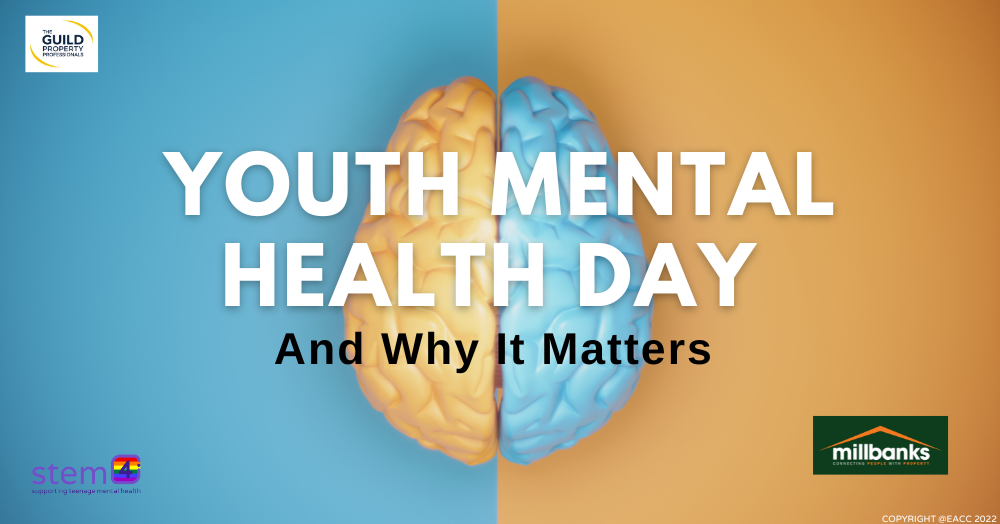

Get in touch with us
Over the past decade, Attleborough’s property market has painted a vibrant picture of change. Our latest map reveals how different parts of the town have grown — from modest rises in some areas to striking surges in others. Discover how your street fits into Attleborough’s evolving story of house prices and local value.
'Video Watch' - Surprisingly Re-Available in East Harling is this Stunning 5-Bed Modern Family Home.
This exceptional 5-bedroom detached chalet is set in a prime non-estate village location, offering elegant interiors, versatile living space, and a private garden perfect for entertaining. Immaculately presented and move-in ready, it combines style, comfort, and convenience with excellent local amenities nearby – Truly a must view.
A new £2m-plus home surcharge is billed as progressive, but its impact falls mainly on London and the South East, where many owners now face an annual bill from 2028. Critics warn it punishes long-term residents, cools the prime market and deepens regional divides, even as households weigh downsizing. Many fear a new cliff edge at £2m too.
An exceptional five-bedroom detached chalet house in a prime non-estate village location. Offering versatile accommodation, elegant interiors, and a private garden ideal for entertaining and family life. Immaculately presented and ready to enjoy, with excellent local amenities nearby, "A Must View".